Plutoisnotaplanet - Gnat In Space


More Posts from Plutoisnotaplanet and Others

An asteroid is going to fly right by Earth in October, and scientists are pumped
Pretty soon, an asteroid is going to zip right past the Earth, but you shouldn’t be alarmed. Everything is going to be fine — and even better, NASA is going to use the opportunity to make sure we can protect ourselves from asteroids that could actually hit us.
Here’s the deal: An Italian astronomer spotted the asteroid, known as 2012 TC4, in 2012, when it flew past the Earth. At its closest approach, it was as close as a quarter of the distance between the Earth and the moon. Then its orbit took it too far from Earth for telescopes to watch it.
Now, it’s back, and on Oct. 12, it will again pass close to Earth. Astronomers haven’t pinned down its orbit precisely enough to say just how close it will get, since they only had a week of data from its 2012 visit. But they know it definitely won’t come closer than 4,200 miles away and expect it to stay much farther away than that. Read More (8/1/17)

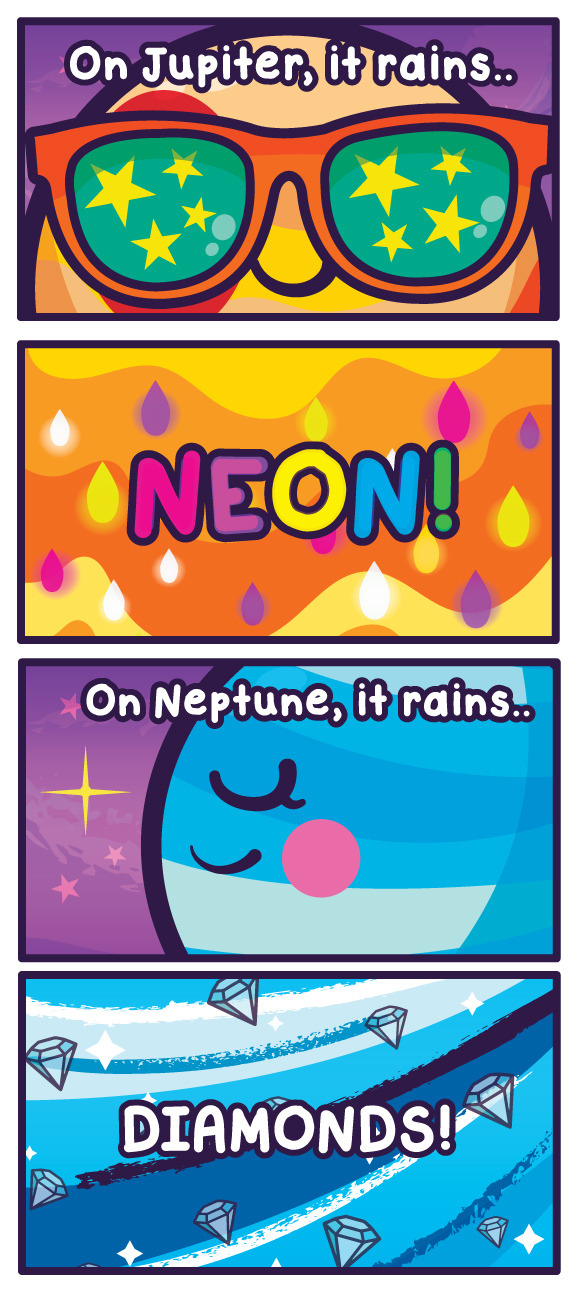

message from pluto 5
a very reliable source says that i am indeed not a hipster so i can rest in peace another day, that was a close one guys i was scared for a minute.
okay but also the f on the end of one of the words is tiny for some reason rip me and all these technical difficulties.
message from pluto 7
when i printed my “poster” the printer freaked out and ink splattered at the top i am crying 😭
It’s Friday...Come Space Out with Us
It’s Friday…which seems like a great excuse to take a look at some awesome images from space.
First, let’s start with our home planet: Earth.

This view of the entire sunlit side of Earth was taken from one million miles away…yes, one MILLION! Our EPIC camera on the Deep Space Climate Observatory captured this image in July 2015 and the picture was generated by combining three separate images to create a photographic-quality image.
Next, let’s venture out 4,000 light-years from Earth.

This image, taken by the Hubble Space Telescope, is not only stunning…but shows the colorful “last hurrah” of a star like our sun. This star is ending its life by casting off its outer layers of gas, which formed a cocoon around the star’s remaining core. Our sun will eventually burn out and shroud itself with stellar debris…but not for another 5 billion years.
The material expelled by the star glows with different colors depending on its composition, its density and how close it is to the hot central star. Blue samples helium; blue-green oxygen, and red nitrogen and hydrogen.
Want to see some rocks on Mars?

Here’s an image of the layered geologic past of Mars revealed in stunning detail. This color image was returned by our Curiosity Mars rover, which is currently “roving” around the Red Planet, exploring the “Murray Buttes” region.
In this region, Curiosity is investigating how and when the habitable ancient conditions known from the mission’s earlier findings evolved into conditions drier and less favorable for life.
Did you know there are people currently living and working in space?

Right now, three people from three different countries are living and working 250 miles above Earth on the International Space Station. While there, they are performing important experiments that will help us back here on Earth, and with future exploration to deep space.
This image, taken by NASA astronaut Kate Rubins shows the stunning moonrise over Earth from the perspective of the space station.
Lastly, let’s venture over to someplace REALLY hot…our sun.

The sun is the center of our solar system, and makes up 99.8% of the mass of the entire solar system…so it’s pretty huge. Since the sun is a star, it does not have a solid surface, but is a ball of gas held together by its own gravity. The temperature at the sun’s core is about 27 million degrees Fahrenheit (15 million degrees Celsius)…so HOT!
This awesome visualization appears to show the sun spinning, as if stuck on a pinwheel. It is actually the spacecraft, SDO, that did the spinning though. Engineers instructed our Solar Dynamics Observatory (SDO) to roll 360 degrees on one axis, during this seven-hour maneuver, the spacecraft took an image every 12 seconds.
This maneuver happens twice a year to help SDO’s imager instrument to take precise measurements of the solar limb (the outer edge of the sun as seen by SDO).
Thanks for spacing out with us…you may now resume your Friday.
Make sure to follow us on Tumblr for your regular dose of space: http://nasa.tumblr.com
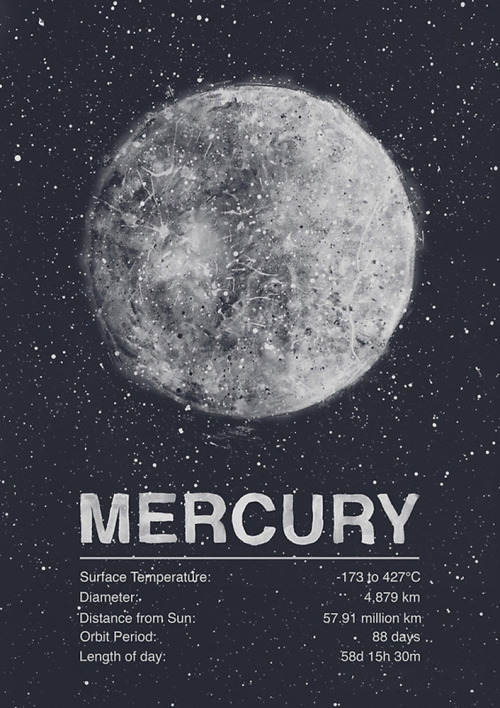
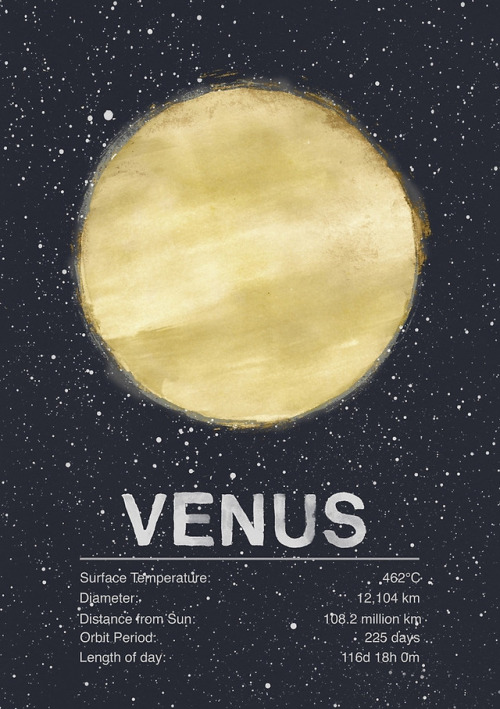
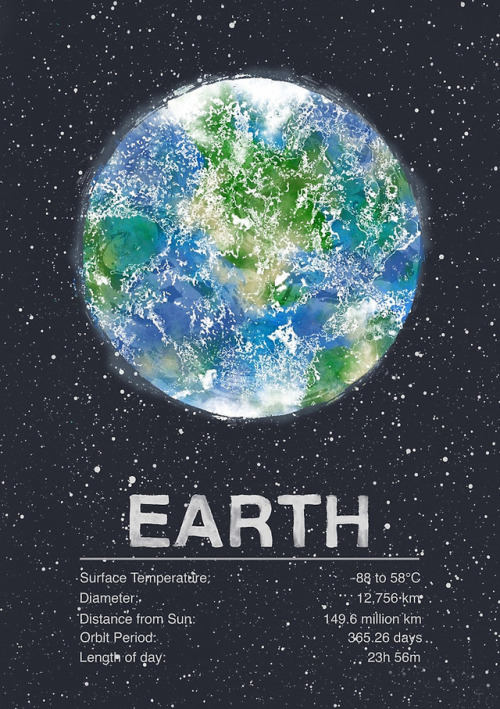
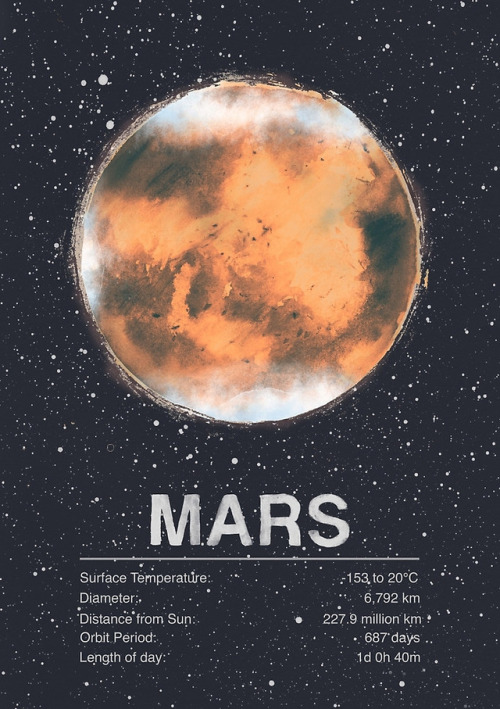
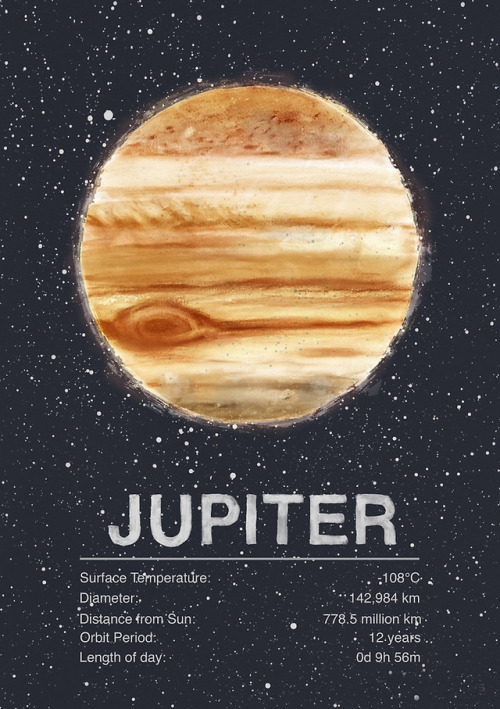
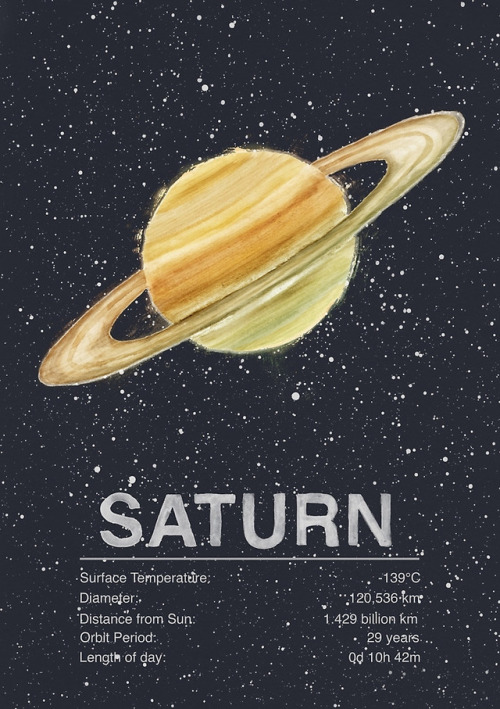
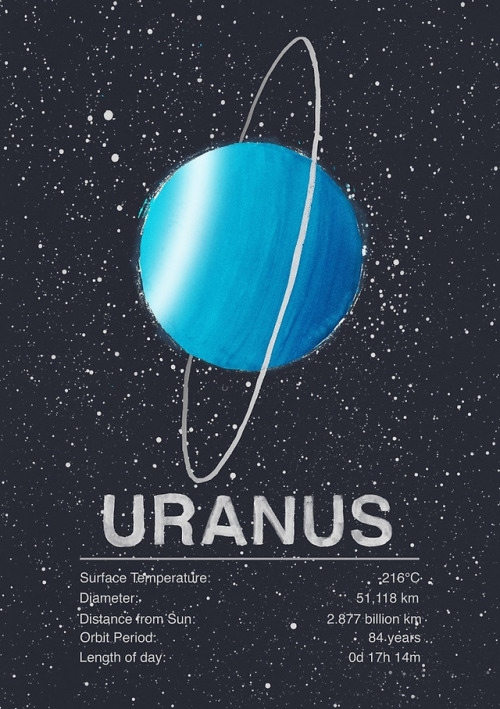
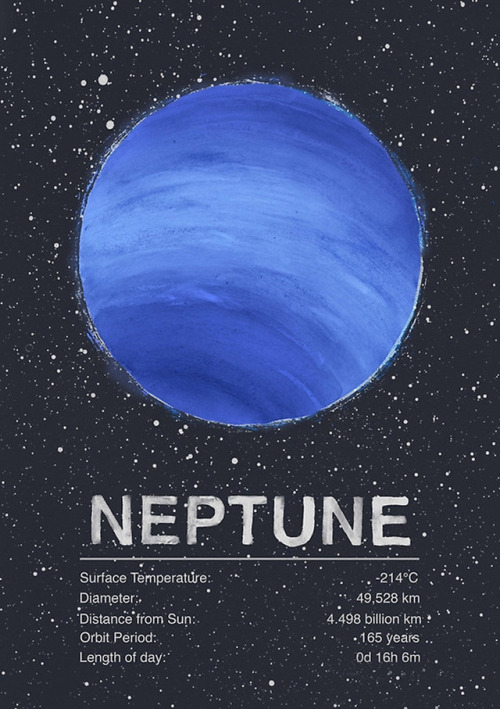

The planets! Includes surface temperature, diameter, distance from sun, orbit period, and length of day.
-
 rainagaintomorrow reblogged this · 3 weeks ago
rainagaintomorrow reblogged this · 3 weeks ago -
 aliceincrazytown reblogged this · 4 weeks ago
aliceincrazytown reblogged this · 4 weeks ago -
 moodychihuahua reblogged this · 4 weeks ago
moodychihuahua reblogged this · 4 weeks ago -
 theworldsforgottenboy liked this · 4 weeks ago
theworldsforgottenboy liked this · 4 weeks ago -
 cravenbranch reblogged this · 4 weeks ago
cravenbranch reblogged this · 4 weeks ago -
 bisexualisopod reblogged this · 4 weeks ago
bisexualisopod reblogged this · 4 weeks ago -
 everyones-beau reblogged this · 4 weeks ago
everyones-beau reblogged this · 4 weeks ago -
 blackicecream975 reblogged this · 4 weeks ago
blackicecream975 reblogged this · 4 weeks ago -
 blackicecream975 liked this · 4 weeks ago
blackicecream975 liked this · 4 weeks ago -
 laracroftsleatherjacket reblogged this · 1 month ago
laracroftsleatherjacket reblogged this · 1 month ago -
 quill-wort liked this · 1 month ago
quill-wort liked this · 1 month ago -
 felwraith liked this · 1 month ago
felwraith liked this · 1 month ago -
 frenchfrieswithmayo reblogged this · 1 month ago
frenchfrieswithmayo reblogged this · 1 month ago -
 hypnosexual-queer reblogged this · 1 month ago
hypnosexual-queer reblogged this · 1 month ago -
 gracklewing reblogged this · 1 month ago
gracklewing reblogged this · 1 month ago -
 gracklewing liked this · 1 month ago
gracklewing liked this · 1 month ago -
 thepunkgeneration reblogged this · 1 month ago
thepunkgeneration reblogged this · 1 month ago -
 thepunkgeneration liked this · 1 month ago
thepunkgeneration liked this · 1 month ago -
 sixfuries reblogged this · 1 month ago
sixfuries reblogged this · 1 month ago -
 sixfuries liked this · 1 month ago
sixfuries liked this · 1 month ago -
 myloveahsoka reblogged this · 1 month ago
myloveahsoka reblogged this · 1 month ago -
 cthulhu-with-a-fez reblogged this · 1 month ago
cthulhu-with-a-fez reblogged this · 1 month ago -
 flandoors reblogged this · 1 month ago
flandoors reblogged this · 1 month ago -
 omophagic-beast reblogged this · 1 month ago
omophagic-beast reblogged this · 1 month ago -
 da-wibbla reblogged this · 1 month ago
da-wibbla reblogged this · 1 month ago -
 da-wibbla liked this · 1 month ago
da-wibbla liked this · 1 month ago -
 hollaatyourdogs liked this · 1 month ago
hollaatyourdogs liked this · 1 month ago -
 doctor-ripple reblogged this · 1 month ago
doctor-ripple reblogged this · 1 month ago -
 rathayibacter liked this · 1 month ago
rathayibacter liked this · 1 month ago -
 chromegnomes reblogged this · 1 month ago
chromegnomes reblogged this · 1 month ago -
 cantstopthegay reblogged this · 1 month ago
cantstopthegay reblogged this · 1 month ago -
 lesbianbongwater reblogged this · 1 month ago
lesbianbongwater reblogged this · 1 month ago -
 jet-judo reblogged this · 1 month ago
jet-judo reblogged this · 1 month ago -
 cockring-ken reblogged this · 1 month ago
cockring-ken reblogged this · 1 month ago -
 napalmstickstokids liked this · 1 month ago
napalmstickstokids liked this · 1 month ago -
 wolfovision reblogged this · 1 month ago
wolfovision reblogged this · 1 month ago -
 vooooodkaa liked this · 1 month ago
vooooodkaa liked this · 1 month ago -
 an-evening-botanist reblogged this · 1 month ago
an-evening-botanist reblogged this · 1 month ago -
 sunshineeyellow liked this · 1 month ago
sunshineeyellow liked this · 1 month ago -
 idonothingatall reblogged this · 1 month ago
idonothingatall reblogged this · 1 month ago -
 worm-dishes reblogged this · 1 month ago
worm-dishes reblogged this · 1 month ago -
 purple-puffball liked this · 1 month ago
purple-puffball liked this · 1 month ago -
 genrebendy liked this · 1 month ago
genrebendy liked this · 1 month ago -
 avidaraku reblogged this · 1 month ago
avidaraku reblogged this · 1 month ago -
 avidaraku liked this · 1 month ago
avidaraku liked this · 1 month ago -
 bisexualbloodsucker reblogged this · 1 month ago
bisexualbloodsucker reblogged this · 1 month ago -
 geektriangle reblogged this · 1 month ago
geektriangle reblogged this · 1 month ago -
 ilikedaisiesinthespringtime reblogged this · 1 month ago
ilikedaisiesinthespringtime reblogged this · 1 month ago
welcome to my space space (see what i did there) (space means two different things)
232 posts



